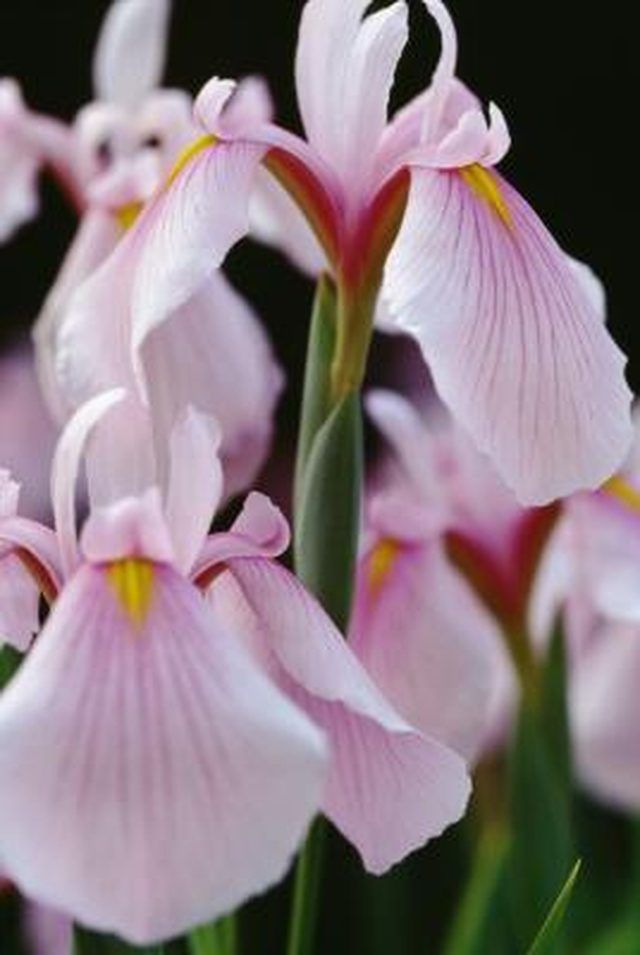Bulbs
Flower Basics
Flower Beds & Specialty Gardens
Flower Garden
Garden Furniture
Garden Gnomes
Garden Seeds
Garden Sheds
Garden Statues
Garden Tools & Supplies
Gardening Basics
Green & Organic
Groundcovers & Vines
Growing Annuals
Growing Basil
Growing Beans
Growing Berries
Growing Blueberries
Growing Cactus
Growing Corn
Growing Cotton
Growing Edibles
Growing Flowers
Growing Garlic
Growing Grapes
Growing Grass
Growing Herbs
Growing Jasmine
Growing Mint
Growing Mushrooms
Orchids
Growing Peanuts
Growing Perennials
Growing Plants
Growing Rosemary
Growing Roses
Growing Strawberries
Growing Sunflowers
Growing Thyme
Growing Tomatoes
Growing Tulips
Growing Vegetables
Herb Basics
Herb Garden
Indoor Growing
Landscaping Basics
Landscaping Patios
Landscaping Plants
Landscaping Shrubs
Landscaping Trees
Landscaping Walks & Pathways
Lawn Basics
Lawn Maintenance
Lawn Mowers
Lawn Ornaments
Lawn Planting
Lawn Tools
Outdoor Growing
Overall Landscape Planning
Pests, Weeds & Problems
Plant Basics
Rock Garden
Rose Garden
Shrubs
Soil
Specialty Gardens
Trees
Vegetable Garden
Yard Maintenance
How to Care for Irises
How to Care for Irises. Blooming after the spring-blooming bulbs but before spring-blooming perennials like roses, peonies and poppies, irises are a flowering perennial that is easy to grow. They grow from rhizomes, which are swollen roots similar to bulbs. Varieties of irises are suitable for planting in a rain garden or xeriscapes, depending on...

Blooming after the spring-blooming bulbs but before spring-blooming perennials like roses, peonies and poppies, irises are a flowering perennial that is easy to grow. They grow from rhizomes, which are swollen roots similar to bulbs. Varieties of irises are suitable for planting in a rain garden or xeriscapes, depending on the cultural needs of the particular variety.
Things You'll Need
Garden planting tools
Scissors
Garden claw
5-10-5 granulated fertilizer
Straw or hay mulch
Choose a site with full sun, or that receives direct sunlight at least eight hours a day.
Plant iris rhizomes 2 inches deep in sandy soil; in medium-textured soil, situate rhizomes just below the surface of the soil. In clay soil, plant iris rhizomes so their tops are even with the surface of the soil.
Water iris in spring before they bloom to keep the soil moist but not sopping wet.
Hand-pull weeds and other undesirable vegetation growing near the iris. Carefully loosen the soil around their roots with a garden claw. Remove faded flowers shortly after they finish blooming.
Fertilize immediately after the plants finish blooming. Scatter approximately 1/2 cup of 5-10-5 fertilizer for every six iris plants. Healthy iris with rich, green foliage may not need supplemental fertilizer every year.
Cut the leaves down to about 6 to 8 inches from the ground in early fall. Cut the flower stem off near ground level after the first hard frost.
Mulch iris the first winter after planting to protect the newly planted roots from fluctuating winter temperatures. Use straw or hay and put down a 3- to 4-inch layer after the ground freezes in late autumn. In cold northern areas, iris will most probably require a protective winter mulch every year to protect the shallowly planted rhizomes from damage.